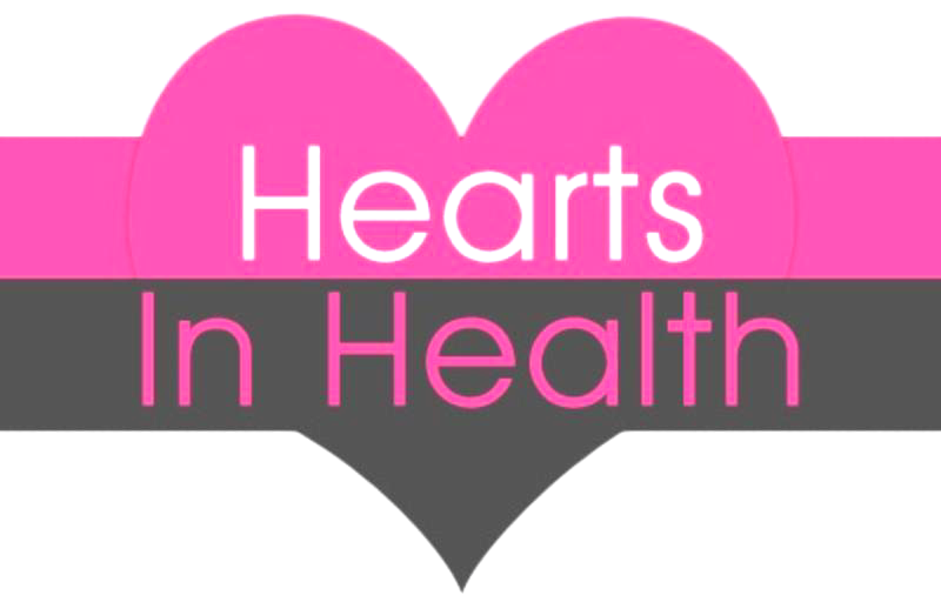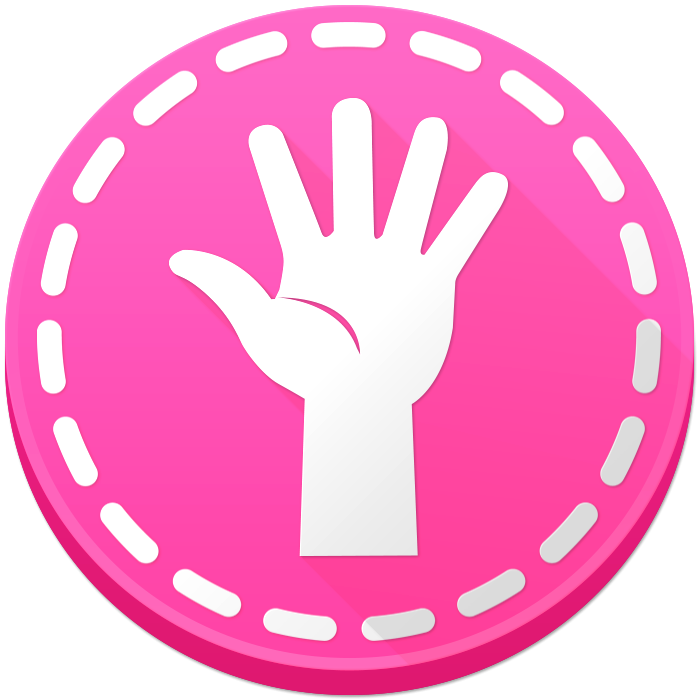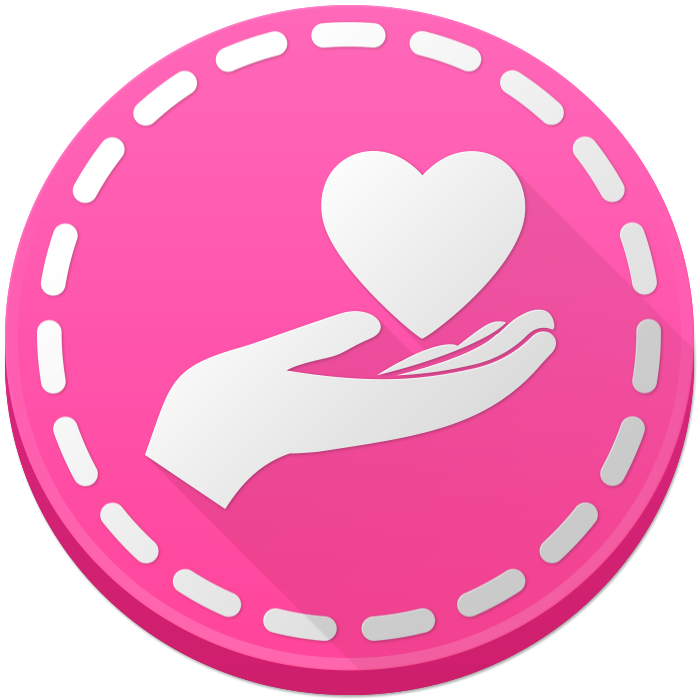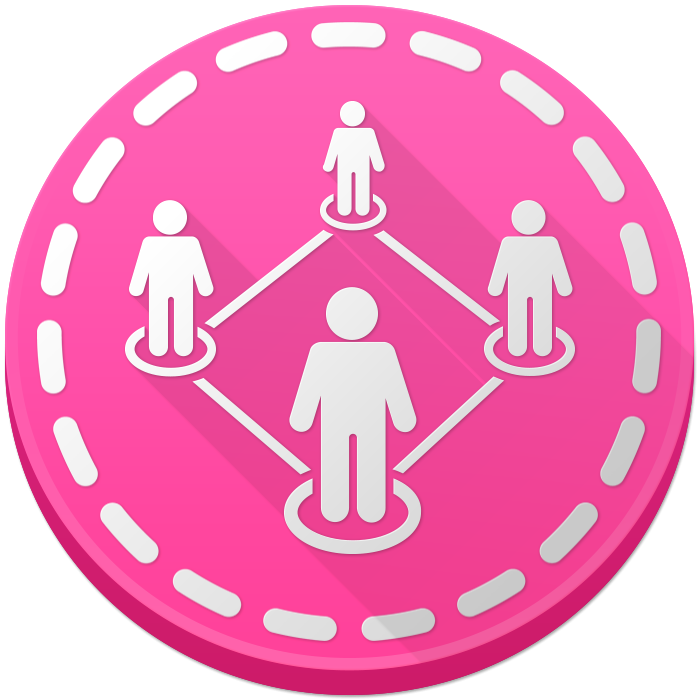HEARTS IN HEALTH
Health and the Creative Project
by Bivi Franco on 12/01/15
As we roll out a new program the beginning of 2016, we thought it would be helpful to show some of the science of why we believe it will be so effective. Through My Window is a program that will provide patients with creative projects that can be worked on at any point in time. Patients will receive picture frames to decorate as well as elegant coloring cards and the opportunity to write words to encourage and inspire themselves and other cancer patients. The concept for this program came from the observation that patients are often bored and in need of a positive activity that stimulates their mind but also helps them process emotionally. The benefit of this program is that Feel Beautiful Today volunteers will not need to be present for patients to participate, and the resources will help hospitals better assist their patients.
What are the benefits of painting, decorating or coloring? A study conducted by Heather J. Stuckey and Jeremy Nobel finds that “there is evidence that engagement with artistic activities... can enhance one’s moods, emotions, and other psychological states as well as have a salient impact on important physiological parameters” (254). Conditions patients face with a cancer diagnosis can include stress, depression, and grief (254, 257). They also struggle with “fear for the future, pain, sleeplessness, role loss, activity restriction, reduced self-confidence, and altered social relationships” (257). Participating in coloring activities or painting relieves that stress, puts the focus on something positive, and allows patients to form a new, positive identity that is not defined by cancer. It also provides an outlet for them to express their grief or fears in a safe space where words may be difficult to find or formulate. Other benefits include shorter hospital stays, better vital signs, and less symptoms of physical distress (257).
Writing has also proven an effective way of accessing negative emotions and learning to
express them in a healthy way. While our program only provides a short amount of writing, our
desire is that it will open up the desire for patients to further explore their feelings. According to
Stuckey and Nobel, “...writing has positive consequences, and self-report studies suggest that
writing about upsetting experiences produces long-term improvements in mood and
health” (259).
Every day we see the power of a communal experience including art. Patients going into a workshop are not the same as the patient leaving. It is Feel Beautiful Today’s desire to provide every resource we can to help patients live a better life, and we believe art is a key component in the healing process.
Reference:
Stuckey, Heather L., Nobel, Jeremy. “The Connection Between Art, Healing, and Public Health: A Review of Current Literature.” American Journal of Public Health 100.2 (2010): 254-261. Web. 23 Nov. 2015.
Volunteering’s Health Benefits
by Bivi Franco on 10/23/15
So often we talk about the impact volunteering has on the cancer patients and medical staff we serve. The evidence that us giving of our time positively impacts participants and their families is overwhelming. But one thing we have not addressed in our blog is the benefits volunteering has on those who help Feel Beautiful Today bring its programs to cancer patients. For every person who gives time in the studio, for the Workshop Facilitators that continue to work with patients one on one, and for the ladies in the Charity Leagues that give of their time to make Feel Beautiful Today what it is, you are reaping more benefits than you might know.
According to a study done by the Corporation for National and Community Service, “Those who give support through volunteering experience greater health benefits than those who receive support through these activities” (3). And not only do the ones giving receive more health benefits, but “”providing support was found to have a stronger relationship with longevity than receiving support from others” (3). It truly is an upside down pyramid when it comes to helping others and having personal needs met.
So what are some of the benefits people who volunteer experience? Health benefits include “lower mortality rates, greater functional ability, and lower rates of depression later in life” as well as “benefits beyond what can be achieved through medical care” for those with serious or chronic illness (1,9). In addition to multiple health benefits, volunteers also experience “a positive effect on social psychological factors” such as an increased sense of purpose, greater life satisfaction, especially for older adults going through a transitional time in their societal roles, and the likelihood of greater social integration later in life (4,7).
While the amount of time volunteered is not directly correlated to quality of life, researchers have found a “volunteering threshold, ” meaning that a certain number of hours per week must be met in order to experience benefits; however, once the number of hours is met, there are no further benefits for extra time invested (10). Two different thresholds have been provided according to researchers: A minimum of 100 hours per year and a minimum of 40 hours per year (11). Anything less than that amount of time volunteered did not show any health benefits.
For those of us who invest our lives in Feel Beautiful Today, it is a privilege and joy to give of our time. We see countless times the difference our programs make in patients’ and their families’ lives. But we have also experienced first hand that it truly is better to give than to receive. We invite you to join us in bringing hope to those battling the reality of cancer, knowing that you too will walk away changed and filled with hope.
To get involved, visit our volunteer page at http://www.feelbeautifultoday.org/Volunteer.html.
Reference:
Corporation for National and Community Service, Office of Research and Policy Development. The Health Benefits of Volunteering: A Review of Recent Research, Washington, DC 2007.
Family and Health
by Bivi Franco on 07/21/15
Family is the one thing that most people count on when cancer strikes. It is a husband or wife, a child or parent that walks with the patient through the diagnosis and treatment. Family is there when friends don’t know what to say or how to react to the news. They are there when no one else is. So when cancer strikes, who takes care of the family? There is a growing need for the family of patients to find respite and rejuvenation as well as emotional healing while caring for their loved ones.
According to a growing body of research, family of cancer patients take on various roles as they strive to care for their family member (Walsh E10). They become chauffeur as they take the patient to endless doctor appointments; they are another ear as the patient receives the diagnosis and must decide what treatment is appropriate; they are caretaker as the patient stays at home to fight; and, they are emotional support at every moment. And these are just a few of the responsibilities family caretakers fulfill. The cost of their commitment, however, can range from overwhelming psychological symptoms to becoming ill themselves (E10).
Because “creative art programs in which patients and family members participate actively in hands-on art experiences are a growing trend in healthcare,” a study was done to see if family caretakers’ anxiety and stress levels were significantly lower after participating in a two hour art-making class (E10). What the study found is that participants’ anxiety was significantly reduced, and their stress level was moderately reduced (E13). Even more notable is that the class provided a community-building environment in which participants felt allowed to participate in self-care (E14).
At Feel Beautiful Today, we believe that the health of those caring for the patient is just as important as the health of the patient. We have seen countless times the joy on a mother’s face as she works on a bracelet with her young daughter, or the stress and tension dissipate as a daughter helps her mother assemble the beads for her bracelet. We offer our programs in hospitals because we want to be where the weary and tired reside, and it gives us such great satisfaction to provide, even if only for a moment, a way for those caring to have a moment of rest.
Reference:
Walsh, S.M., Radcliffe, R.S., Castillo, L.C., Kumar, A.M., & Broschard, D.M. “A Pilot Study to Test the Effects of Art-making Classes for Family Caregivers of Patients With Cancer". Oncology Nursing Forum 34.1 (2007): E9–E16. Web. 6 June 2015.
FBT and Complementary Therapies
by Bivi Franco on 05/11/15
If you have been around FBT for very long, you will probably have heard or read the term integrative oncology. This term is the scientific back bone of who we are as an organization and can be defined as “…a science and a philosophy that focuses on the complex health of people with cancer and proposes an array of approaches to accompany the conventional therapies of surgery, chemotherapy, molecular therapeutics, and radiotherapy to facilitate health” (Deng 85). But what determines a therapy falling under the umbrella of integrative oncology? And can what FBT does truly be considered part of integrative oncology?
Perhaps it is helpful to first determine the difference between complementary therapies and alternative therapies. According to the Journal of the Society for Integrative Oncology, ‘“Alternative” therapies are typically promoted as a substitute for mainstream care…have not been scientifically proven, often have no scientific foundation, and have sometimes been disproved. However, complementary medicine makes use of unconventional [treatments]…but that have known efficacy’ (86). Alternative therapies can include anything from specific diets to the use of various botanicals and supplements. The highest recommended complementary therapies by the Society for Integrative Oncology(SIO) include mind-body techniques and manipulative and body-based practices. Mind-body techniques include meditation, guided imagery, and expressive arts while manipulative and body-based practices include massage, reflexology, and exercise (88).
So how does what FBT does fit into all this? Our programs with the patients are what would be considered Arts in Health and fall under the category of mind-body techniques. We allow a space for the patients to both engage their mind and their emotions in a safe environment. The SIO states, “The mind-body approach and its techniques…such as relaxation, meditation…self expression, and exercise, provide specific psychological and physiologic benefits, that is, decreases in stress; improvements in sleep, mood, and pain…and improvement in immunity” (92). And while there is scientific evidence that the programs we provide actually benefit patients, the most important aspect of what we do is that it is always in partnership with the conventional care the patients are receiving from their doctors. We are never competing with the medical staff but rather providing another outlet for patients to continue their current care.
FBT has always strived toward one goal, and that is to provide hope to keep fighting one more day. We truly stand behind the heartbeat of integrative oncology: “[the] awareness of and sensitivity to the mental, emotional, and spiritual needs of a patient” (87). Our mission is to continue to provide our programs in support of the amazing work that doctors and nurses are doing daily in the lives of their patients.
For more information about the impact that FBT is making in our community, please visit our website www.feelbeautifultoday.org.
Reference:
Deng GE, Frenkel M, Cohen L, et al. “Evidence-Based Clinical Practice Guidelines for Integrative
Oncology: Complementary Therapies and Botanicals.” Journal of the Society for Integrative Oncology. 2009;7:85–120.
Arts and the Medical Staff
by Bivi Franco on 03/21/15
If hospitals are a body administering health, nurses are the hands bringing that healing. In Feel Beautiful Today’s interaction with patients as well as the medical staff, we continually see the important bond that is formed between those being cared for and the caretakers. It is this bond that inspired us to create the program “Joined in Hope.” Joined in Hope allows the medical staff to create one half of a necklace that is then finished by their patient. The completed piece of jewelry symbolizes a patient and nurse’s relationship in which both parties give and receive.
And while nurses do receive, they are always giving. It is this constant giving as well as “physical labor, long shifts, extended work hours, [and ] insufficient breaks…” that make their occupation one of the hardest in the health industry (Sonke 27). Amidst the mounting research that shows “workplace stress, moral distress, and compassion fatigue [as] significant factors that contribute to job dissatisfaction, burnout, and turnover,” there is also evidence surfacing that Art Programs help decrease workplace stress and increase job satisfaction (27). The benefits of Arts in Health affect nurses in two ways: directly and indirectly.
Most nurses go into the field because they care about people, but they are not able to interact with patients the way they would like due to the demands of their job. The beauty of what Feel Beautiful Today does is it makes possible those personal moments that nurses are sometimes too busy to give. As patients work on a positive activity, their mood improves. They become more relaxed. They begin to respond to their treatment better and need less pain medication. All of these positive outcomes affect the nurses taking care of them “by making work easier, enhancing nurse/patient communication, and increasing fulfillment as they see the patient having a more positive overall experience in their hospital stay” (34).
Nurses are also directly impacted by Art Programs. When nurses participate with Feel Beautiful Today to help their patients work on a bracelet, it allows them to interact with the patient in a deep, meaningful way. It strengthens the bond they have with their patient and allows them to participate in a fun, relaxing activity while on the clock. Similarly, with Joined in Hope, nurses get the opportunity to experience flow themselves as they handmake a piece of jewelry. It provides an outlet to process emotionally and release stress. Perhaps the nurses say it best. Below are quotes from the medical staff that have both witnessed FBT in action as well as participated in Joined in Hope.
“Thank you. Beautiful program. Well organized, very professional. Wonderful process yielding great results.”
“FBT is so great. It gives our patients who are away from normalcy the chance to just be a kid again and have an amazing connection with their mothers.”
“What a ray of sunshine for someone going through cancer. Every woman needs something pretty.”
It is our hope and desire at FBT to continue to provide programs that help support and supplement the brave and necessary work the hospital staff are doing. We understand just how important they are to the success of the patients’ health but also see them for what they are: people in need of hope and encouragement too.
References:
Sonke, Jill et al. “The Effects of Arts-in-Medicine Programming on the Medical-Surgical Work Environment.” Arts & Health 7.1 (2015): 27–41. PMC. Web. 15 Mar. 2015.




